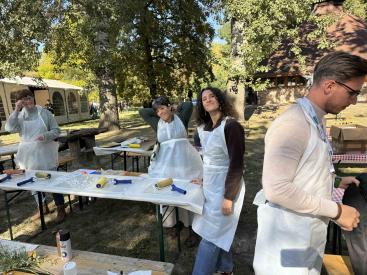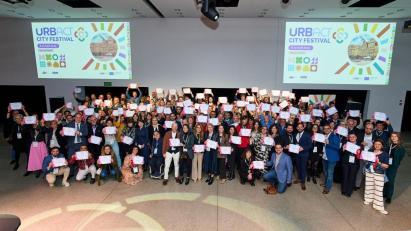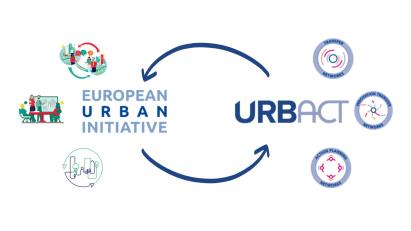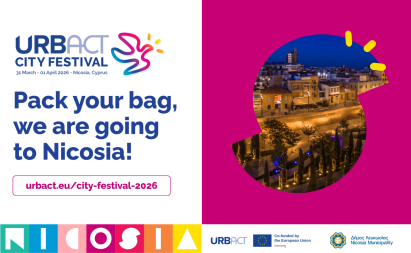What's new
Check URBACT's latest stories, updates and events!
-
-
-
-
Event
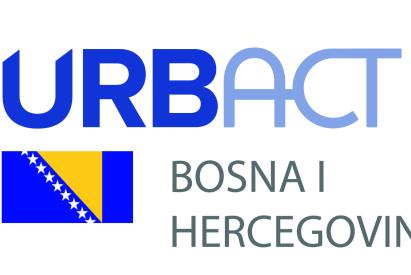
URBACT National Networking Event – Umrežavanje, prilike i inspiracija za bh. gradove i općine!
URBACT National Networking Event se održava 18. decembra 2025. godine u prostorijama Direkcije za evropske integracije (DEI) u Sarajevu. Događaj je zamišljen kao platformu za razmjenu iskustava i diskusiju o izazovima i postignućima u implementaciji projekata u okviru URBACT-a te predstavljanje prilika i planova za narednu godinu.
Učesnici
• Partneri u URBACT Transfer mrežama

